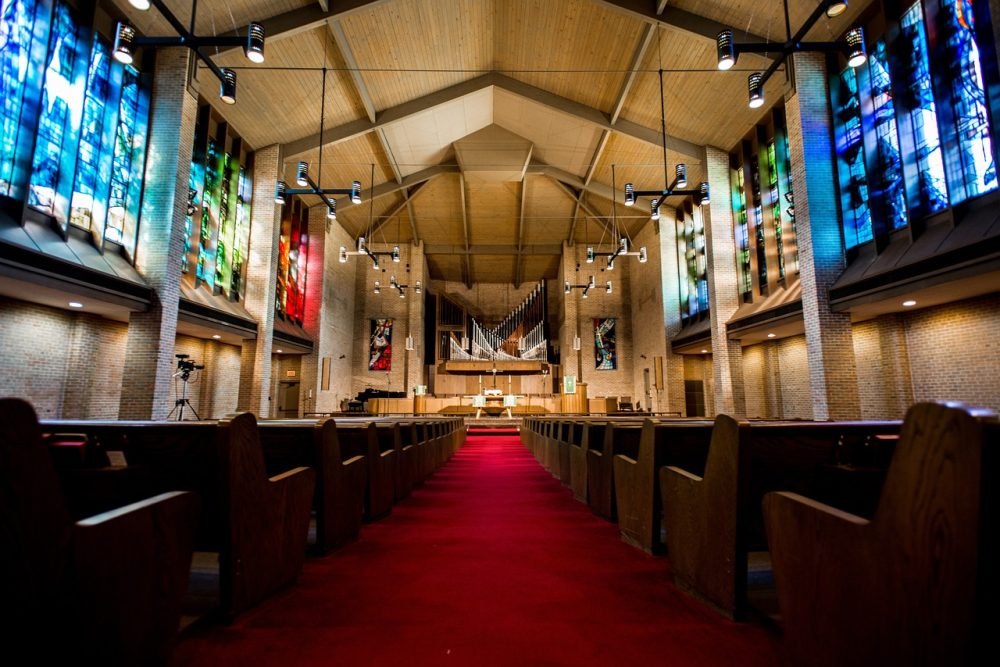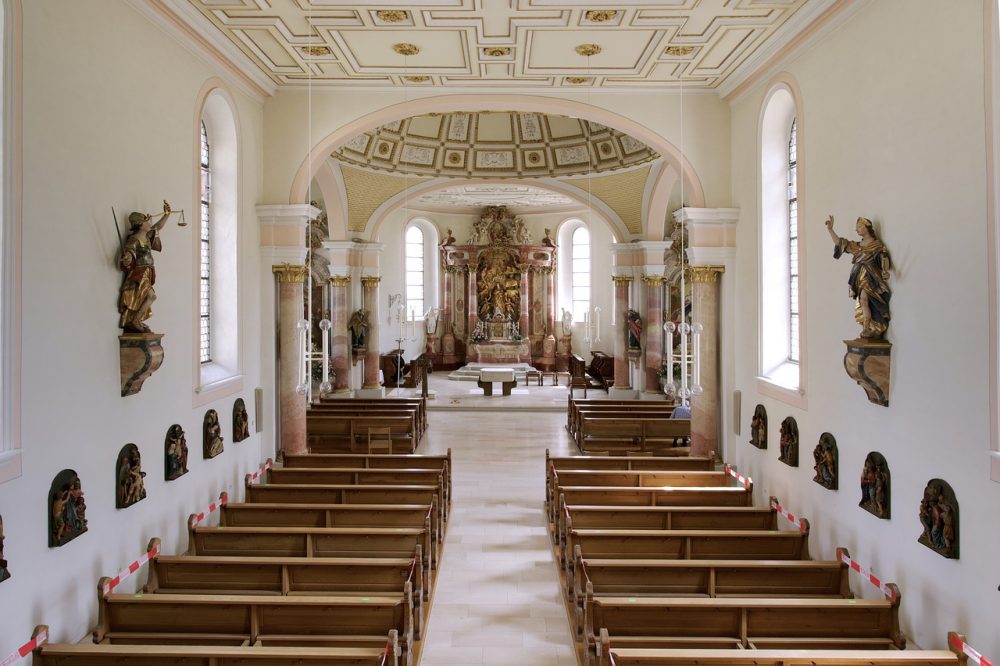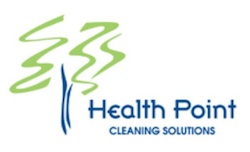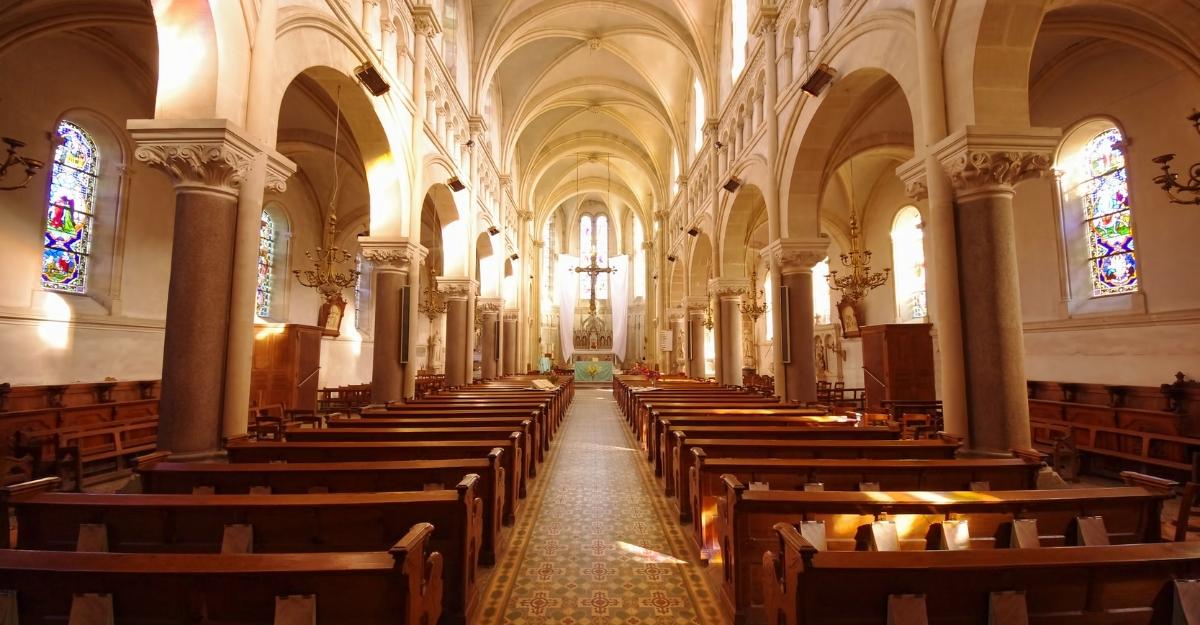Respectful cleaning of sacred spaces is essential for custodians. Discover techniques that honor traditions while ensuring cleanliness.
Respectful cleaning of sacred spaces requires a careful approach that honors religious traditions while maintaining cleanliness. For custodians in Minneapolis, this means combining professional cleaning techniques with cultural sensitivity. Let’s explore how to clean places of worship properly while respecting their sanctity.

Table of Contents
Key Takeaways:
- Communication with religious leaders is essential before cleaning
- Use gentle, non-toxic cleaning products suitable for delicate surfaces
- Pay special attention to altar areas and other sacred objects
- Quiet cleaning methods show respect for the spiritual atmosphere
- Timing of cleaning should work around worship schedules
- Training staff on cultural awareness is crucial
Understanding the Importance of Respectful Cleaning of Sacred Spaces

Sacred spaces play a vital role in religious communities across Minneapolis. From bustling urban churches to small neighborhood temples, these buildings require special care. Clean, well-maintained worship areas allow congregants to focus on spiritual matters without distractions.
However, Respectful Cleaning of Sacred Spaces isn’t just about appearances. It’s also about health and safety. With many people gathering in close quarters, proper sanitization helps prevent the spread of illness. This is especially important for vulnerable community members like the elderly or those with health conditions.
Communicating with Religious Leaders
Before starting any cleaning project in a sacred space, it’s crucial to talk with religious leaders. They can provide guidance on areas that need special care or items that shouldn’t be touched. This conversation shows respect for the community’s beliefs and practices.
In Minneapolis’s diverse religious landscape, each faith tradition may have unique requirements. For example, some may have rules about who can handle certain objects. Others might have specific cleaning rituals that need to be followed. By learning these details upfront, cleaning staff can avoid unintentional offense.
Choosing the Right Respectful Cleaning of Sacred Spaces

When it comes to cleaning sacred spaces, not all products are created equal. Harsh chemicals can damage delicate surfaces like wood carvings or stained glass. They might also leave strong odors that interfere with worship services.
Instead, opt for gentle, non-toxic cleaners. Look for products that are effective but won’t harm historic materials. Many Minneapolis cleaning companies now offer eco-friendly options that are both safe and effective.
Here’s a quick guide to choosing cleaning products for sacred spaces:
- Use pH-neutral cleaners for most surfaces
- Avoid bleach or ammonia-based products near fabrics or metals
- Choose fragrance-free options when possible
- Test products in a small, hidden area first
Cleaning Techniques for Different Areas
Entrance and Common Areas
The entrance sets the tone for the entire space. Keep floors clean and free of debris. In Minnesota’s snowy winters, have a plan for managing wet, salty boots. Use gentle floor cleaners that won’t damage stone or tile.
Dust horizontal surfaces regularly, including windowsills and ledges. Pay attention to doorknobs and light switches, which are high-touch areas that need frequent sanitizing.
Seating Areas
Whether it’s pews, chairs, or cushions, seating areas see a lot of use. Vacuum fabric surfaces thoroughly. For wooden pews, use a cleaner specifically designed for wood that won’t strip the finish.
Don’t forget to clean under and between the seats. These spots often collect dust and small items dropped by congregants.
Altar and Pulpit Areas
These are often the most sacred parts of a worship space. Always ask for guidance on how to approach these areas. Some faiths may have specific people designated to clean these spots.
If you’re permitted to clean, use extra care. Dust gently with a soft cloth. Avoid moving objects unless specifically instructed to do so.
Restrooms
While not sacred, clean restrooms are essential for a positive experience. Use disinfectants approved for bathroom use. Pay special attention to toilets, sinks, and door handles. Stock soap and paper products regularly.
Timing and Frequency of Respectful Cleaning of Sacred Spaces
Cleaning schedules should work around worship and other activities. Late evening or early morning hours often work best. This minimizes disruption and allows cleaning products time to dry and air out before services.
The frequency of cleaning depends on how often the space is used. High-traffic areas might need daily attention. Other spots might only need weekly or monthly cleaning. Work with religious leaders to create a schedule that meets their needs.
Special Considerations for Different Faiths
Christian Churches
In Christian churches, be mindful of areas like the baptismal font and communion table. These often require special cleaning methods. Stained glass windows need gentle dusting to preserve their beauty.
Synagogues
For synagogues, the Torah ark is especially sacred. Never attempt to clean inside without explicit permission and guidance. Be careful around the bimah (raised platform) where the Torah is read.
Mosques
In mosques, the prayer hall requires extra care. People pray directly on the floor, so it must be immaculately clean. Use vacuums with HEPA filters to remove fine dust. The mihrab (prayer niche) and minbar (pulpit) are focal points that need gentle cleaning.
Hindu Temples
Hindu temples often have intricate carvings and statues. These require careful dusting with soft brushes. Be mindful of areas where offerings are made, as these might need special cleaning procedures.
Buddhist Centers
In Buddhist centers, meditation cushions and mats need regular cleaning. The altar area often has delicate items that require gentle handling. Some centers may have specific practices around cleaning Buddha statues.
Training Cleaning Staff: Respectful Cleaning of Sacred Spaces
Proper training is key for the respectful cleaning of sacred spaces. Staff should understand the basics of different religions represented in Minneapolis. This helps them appreciate the significance of the spaces they’re cleaning.
Training should cover:
- Cultural sensitivity and respect for diverse beliefs
- Proper handling of religious objects
- Quiet cleaning techniques
- How to respond if questioned by congregants
- Emergency procedures specific to the building
Handling Special Objects and Textiles
Many sacred spaces contain valuable or historically significant items. These might include:
- Religious texts
- Ceremonial objects
- Artwork
- Tapestries or banners
Always ask before touching or moving these items. Some may require specialized cleaning by conservators. For textiles, gentle vacuuming with a screen to protect the fabric is often the safest method.
Eco-Friendly Cleaning Practices
Many religious communities in Minneapolis value environmental stewardship. Using green cleaning methods aligns with these values. Consider:
- Microfiber cloths that reduce the need for chemicals
- Steam cleaning for tough stains
- Biodegradable cleaning products
- Reusable or compostable cleaning supplies
These practices not only protect the environment but also create a healthier indoor space for worshippers.
Addressing Unique Challenges in Minneapolis
Minneapolis’s climate presents specific cleaning challenges for sacred spaces. Winter brings salt and slush that can damage floors. Summer humidity can encourage mold growth. Develop strategies to address these issues year-round.
Seasonal Cleaning Tasks
| Season | Tasks |
|---|---|
| Spring | Deep clean carpets, wash windows, check for winter damage |
| Summer | Clean air conditioning vents, manage humidity levels |
| Fall | Clear gutters, prepare entryways for winter |
| Winter | Increase floor cleaning, manage salt tracking |
Security Considerations During Cleaning
While cleaning, staff may have access to areas not usually open to the public. It’s important to have clear security protocols in place. This might include:
- Background checks for cleaning staff
- Key management systems
- Security camera awareness
- Procedures for reporting suspicious activity
These measures protect both the sacred space and the cleaning staff.
Maintaining Cleanliness Between Professional Cleanings
While professional cleaning is important, daily maintenance helps keep sacred spaces in good condition. Encourage congregants to do their part:
- Use doormats to reduce dirt tracked in
- Clean up spills promptly
- Dispose of trash properly
- Report any damage or cleanliness issues
Some communities organize volunteer cleaning days. This can be a great way to build community while keeping the space tidy.
Documenting Cleaning Procedures
Create a detailed cleaning manual specific to each sacred space. This ensures consistency, especially if there’s staff turnover.
Include:
- Maps of the space with cleaning zones marked
- Checklists for daily, weekly, and monthly tasks
- Instructions for handling special items
- Contact information for religious leaders and emergency services
Review and update this manual regularly with input from religious leaders.
Respecting Privacy and Confidentiality
Cleaning staff may inadvertently see or hear private information while working. It’s crucial to train them on the importance of confidentiality. This includes:
- Not discussing what they see or hear while cleaning
- Respecting closed doors and private areas
- Understanding HIPAA regulations if cleaning areas used for counseling
Adapting to Changing Needs
Sacred spaces are living, changing environments. Cleaning needs may shift with:
- New leadership or changing congregations
- Renovations or additions to the building
- Special events or holidays
- Public health concerns like pandemics
Stay flexible and communicate regularly with religious leaders to address changing needs.
Measuring Cleaning Effectiveness
It’s important to assess how well cleaning efforts are working. Consider:
- Regular walk-throughs with religious leaders
- Feedback forms for congregants
- ATP testing for surface cleanliness – Air quality testing
Use this information to refine cleaning practices over time.
Building Long-Term Relationships
Respectful Cleaning of Sacred Spaces is more than just a job. It’s an opportunity to build lasting relationships with religious communities in Minneapolis. Show genuine interest in the faith traditions you serve. This understanding will naturally lead to more respectful and effective cleaning practices.
By approaching the task with care, cultural awareness, and professionalism, cleaning staff can play a vital role in supporting Minneapolis’s diverse religious landscape. Their work helps create welcoming, healthy spaces where people can focus on their spiritual practices without worrying about cleanliness or safety. Respectful cleaning of sacred spaces is essential for custodians in Minneapolis. Discover techniques that honor traditions while ensuring cleanliness. For more information, you can visit our website or contact us. This can include using specific cleaning products that are respectful of religious artifacts and symbols, as well as understanding the appropriate ways to handle and dispose of religious materials. Ensuring the cleanliness of these sacred spaces is a responsibility that requires both attention to detail and cultural sensitivity. For professional church cleaning services that are tailored to the diverse religious needs of Minneapolis, contact us today for a consultation.

